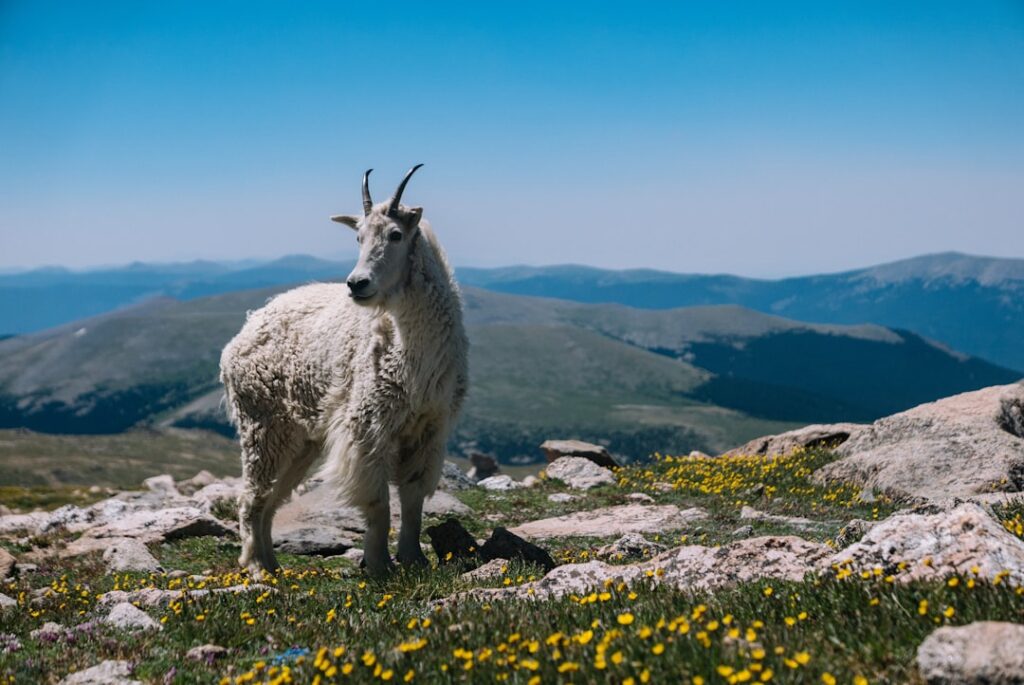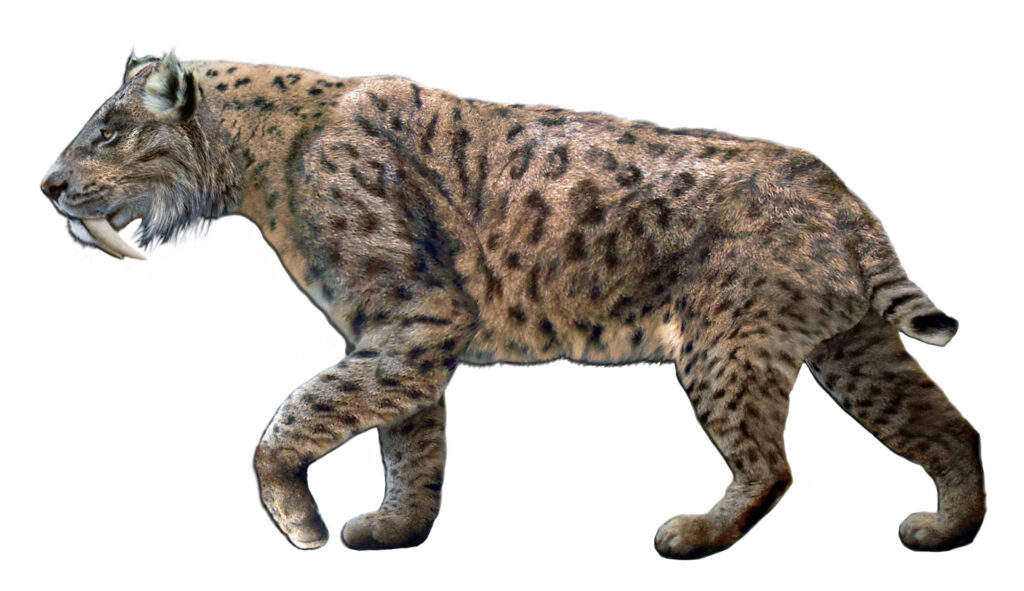When we think of dinosaurs, we often picture massive creatures roaming vast landscapes. But what we don’t usually consider is how the very ground beneath their feet was constantly shifting, splitting continents apart, and creating new opportunities for evolution. Dinosaurs lived on all of the continents. At the beginning of the age of dinosaurs (during the Triassic Period, about 230 million years ago), the continents were arranged together as a single supercontinent called Pangea. During the 165 million years of dinosaur existence this supercontinent slowly broke apart. Its pieces then spread across the globe into a nearly modern arrangement by a process called plate tectonics.
The story of dinosaur evolution isn’t just about natural selection and survival of the fittest – it’s fundamentally a tale of geography in motion. Over the course of their reign, these remarkable creatures witnessed one of the most dramatic geographical transformations in Earth’s history, and this reshaping of the world’s landmasses became the driving force behind their incredible diversity.
The Great Breakup of Pangaea
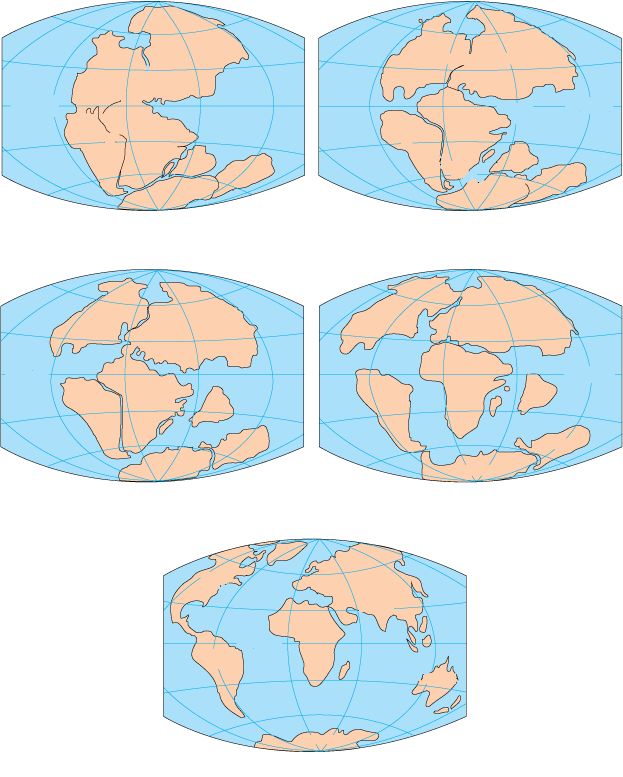
Pangaea existed about 240 million years ago. By about 200 million years ago, this supercontinent began breaking up. Over millions of years, Pangaea separated into pieces that moved away from one another. This wasn’t just any geological event – it was the defining moment that would shape dinosaur evolution for the next hundred million years.
Picture it like this: imagine all of Earth’s land crammed into one massive continent, surrounded by a single enormous ocean. When this supercontinent started cracking apart, it created something evolutionary biologists call vicariance – the geographic separation of populations that leads to the formation of new species. The differentiation of populations due to a geographic barrier is known as “vicariance,” from the Latin vicarious for “substitute” or “change.” On a larger scale, when Pangaea began breaking up as the Triassic gave way to the Jurassic some 195 million years ago, the world’s oceans became barriers that restricted life forms to their own continents, thus limiting gene flow. This isolation, in turn, stimulated speciation and led to the immense variety of life that inhabits the Earth today.
Geographic Isolation as Evolution’s Engine

The splitting of Pangaea created the perfect laboratory for evolution. Scientists think that geographic isolation is a common way for the process of speciation to begin: rivers change course, mountains rise, continents drift, organisms migrate, and what was once a continuous population is divided into two or more smaller populations. For dinosaurs, this process happened on a scale never before seen.
Ernst Mayr emphatically defended his view that speciation was most likely when populations became geographically isolated from one another, such that evolution within isolated populations would lead to enough differences among them that speciation would be an eventual outcome. The central idea here is that when populations are geographically separated, they will diverge from one another, both in the way they look and genetically. These changes might occur by natural selection or by random chance (i.e., genetic drift), and in both cases result in reproductive isolation.
For dinosaur populations scattered across the fragmenting continents, this isolation meant they could no longer interbreed with their distant relatives. Each group faced different environmental pressures, different predators, different food sources – and over millions of years, these differences accumulated into entirely new species. It’s like taking one family and spreading them across different planets, then watching how each group adapts to their unique world.
Mountain Building and Habitat Fragmentation

Continental drift didn’t just separate landmasses – it also created mountain ranges that acted as additional barriers within continents. Mountainous eruption, changes in sea level, land bridges…all of these phenomenon had immense impact on the adaptations and survival of prehistoric animals such as the dinosaur. During the Laramide orogeny (approximately 70-80 million years ago), mountains of the Rocky Mountain range were raised in the Laramide orogeny. As the new orogenic belts erupted east to west across the narrow Laramide strip, they created fragmented dinosaur habitats which were once one.
This mountain building had profound effects on dinosaur populations. Take the hadrosaurs, or duck-billed dinosaurs, as an example. After studying the fossil records, it is believed that hadrosaurs (duck-bills) developed crests and horns that varied from habitat to habitat in order to help identify each other’s species origin and encourage recognition of the same species for mating. Most scientists believe that the hadrosaur was a traveler anyway, and moved in large herds for long distances. When new mountains eventually inhibited the usual travel of the genus, they were restricted in ways that they weren’t before. Lack of food and increase of predation by the new Theropod dinosaurs ultimately meant trouble for the hadrosaur.
The geological evidence even supports this pattern. The Laramide orogeny during the Late Cretaceous even caused vicariant speciation and radiations of dinosaurs in North America.
Sea Level Changes and Inland Waterways

During the Mesozoic, sea levels weren’t constant – they rose and fell dramatically, creating and destroying land bridges that connected or separated dinosaur populations. In the course of this fragmentation, the length of global mid-ocean ridges doubled from the Triassic into the Early Cretaceous, which contributed to a pronounced sea-level rise and high tectonic carbon degassing rates. The opening of new seaways between the fragmenting continents and flooding of almost one third of the continental area increased the marine influence in many places, leading to more temperate and humid conditions with reduced seasonality.
These rising seas created something particularly interesting for North American dinosaurs. As climate changed and rapid plate tectonics resulted in shallow ocean basins, sea levels rose world-wide and seas expanded across the center of North America. As climate changed and rapid plate tectonics resulted in shallow ocean basins, sea levels rose world-wide and seas expanded across the center of North America. Many now-arid western parks, including Chaco Culture National Historical Park and Mesa Verde National Park, were inundated by the Cretaceous Interior Seaway that bisected North America.
This inland sea effectively split North America into two separate landmasses for millions of years, creating eastern and western dinosaur populations that evolved independently. When sea levels dropped and the land bridge reconnected, these separated populations had diverged into distinct species.
Climate Zones and Dinosaur Distribution

The breakup of Pangaea didn’t just change geography – it completely altered global climate patterns. The climate of the Mesozoic was varied, alternating between warming and cooling periods. Overall, however, the Earth was hotter than it is today. But this warmth wasn’t uniform across the globe.
The structure of Mesozoic vegetation is outlined as consisting of evergreen brachyphyllous forests, deciduous forests dominated by Phoenicopsis and then by Parataxodium, cycadophyte – sclerophyllous shrublands and fern marshes. Warm, warm-temperate and temperate zones are indicated for successive periods. Dinosaur localities are situated mostly in the warm and warm-temperate zones but a few of them fall in the temperate zone.
Different climate zones meant different vegetation, different food webs, and different evolutionary pressures. Dinosaurs in tropical regions faced very different challenges than those in temperate areas, leading to the evolution of specialized adaptations for their particular environments.
Continental Drift and Land Bridge Migrations

As continents drifted to new positions, temporary land bridges occasionally connected previously separated landmasses, allowing dinosaur populations to migrate and mix their genes before being isolated again. About 75-80 million years ago, when the continents had nearly reached their current configuration, the Asia-dwelling ceratopsians (horned dinosaurs and their relatives) moved into the North American continent via the Bering Land Bridge, a strip of land that existed where today the Bering Strait separates Alaska from Siberia. No one is sure, but it was likely an expansion of range caused by changes in environmental conditions, competition for resources or the availability of food, according to Carnegie paleontologist Mary Dawson. Once they arrived in North America, however, the ceratopsians flourished and grew more diverse, and embarked on an evolutionary path independent from that of the relatives they left behind in Asia.
These migration events were like genetic injections that could reinvigorate dinosaur populations or trigger new evolutionary radiations. “It was wide-open territory,” Beard says of their invasion of North America. “There were no good competitors in North America doing what ceratopsians did well, so they got in and took over.”
The Role of Volcanic Activity and Environmental Change

Continental drift brought more than just geographical separation – it triggered massive volcanic activity that reshaped entire ecosystems. Heightened plate tectonic movement led to significant volcanic activity, mountain-building events, and attachment of islands onto continents. Heightened plate tectonic movement led to significant volcanic activity, mountain-building events, and attachment of islands onto continents. Shallow seaways covered many continents, and marine and marginal marine sediments were deposited, preserving a diverse set of fossils.
This volcanic activity didn’t just change the landscape – it altered atmospheric conditions and climate patterns. The climatic changes of the late Jurassic and Cretaceous favored further adaptive radiation. The Jurassic was the height of archosaur diversity, and the first birds and eutherian mammals also appeared. These environmental shifts created new niches and opportunities, driving rapid evolutionary change among dinosaur populations.
The constant reshaping of the environment meant that dinosaur species had to be incredibly adaptable. Those that could adjust to new conditions thrived and diversified, while those that couldn’t faced extinction long before the famous asteroid impact.
Island Biogeography and Dinosaur Miniaturization
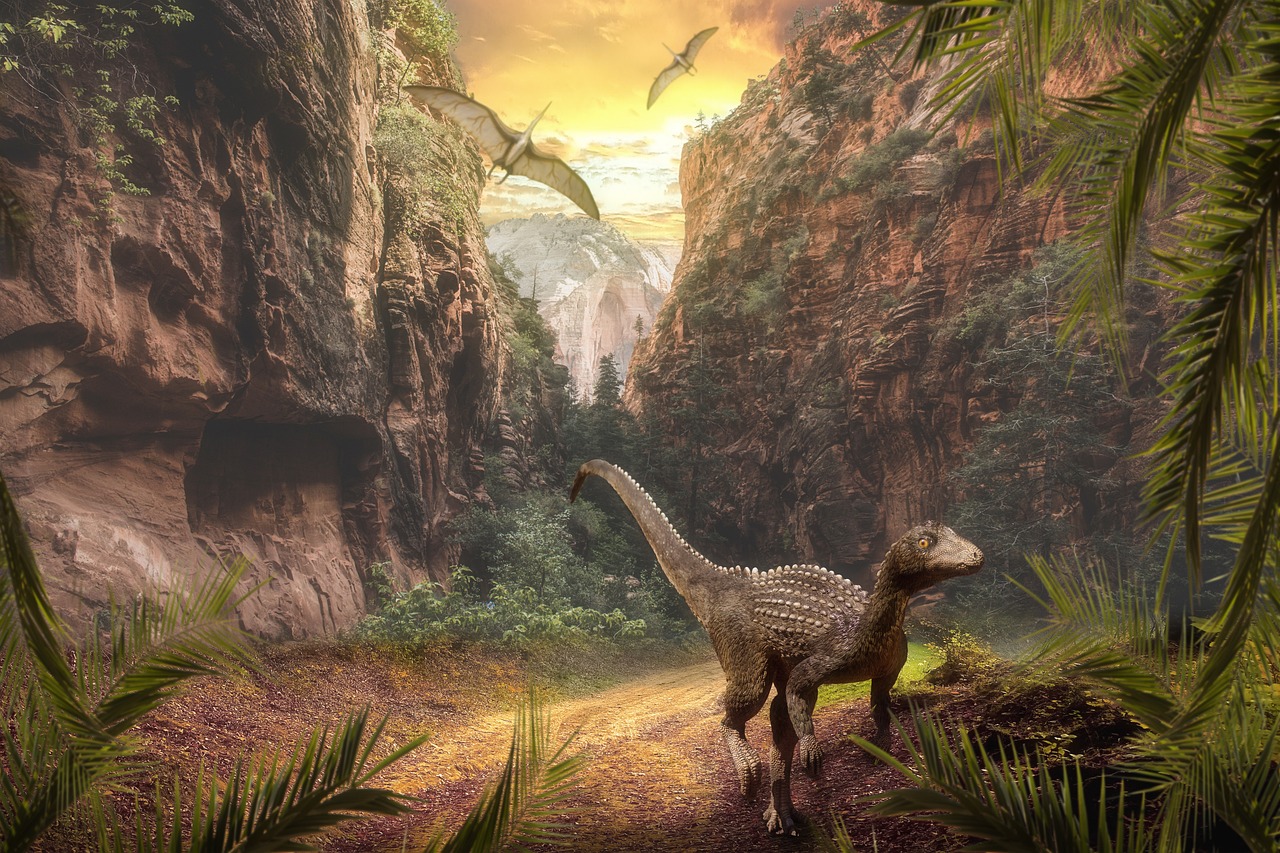
As continents fragmented, some dinosaur populations found themselves trapped on islands created by rising sea levels. This led to one of the most fascinating phenomena in dinosaur evolution – island dwarfism. Just like modern elephants on islands become smaller over generations, some dinosaur species evolved to be much smaller than their mainland relatives.
This isolation on “mountain top islands” creates barriers to gene flow, encouraging allopatric speciation, and generating the formation of endemic species. Mountain building (orogeny) is directly correlated with – and directly affects biodiversity. These isolated populations often developed unique characteristics found nowhere else, creating endemic species that existed only on their particular island or mountain range.
The fossil record shows numerous examples of these isolated dinosaur populations that evolved in dramatically different directions from their mainland cousins, demonstrating how geography can drive evolution in unexpected ways.
Deep Time Geographic Effects on Modern Understanding
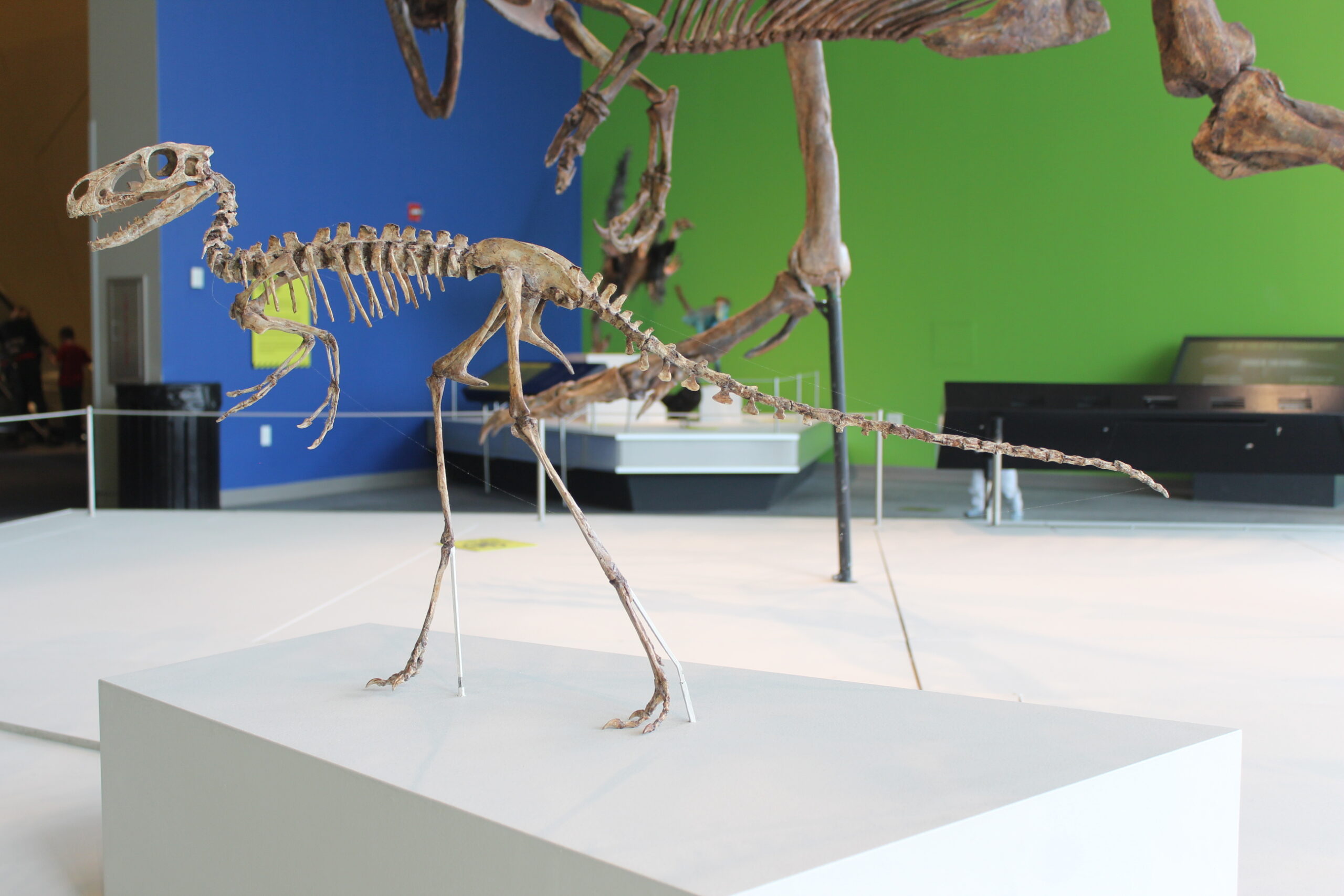
Understanding how geography shaped dinosaur evolution helps us appreciate the incredible diversity we see in the fossil record. Considering that nonavian dinosaurs dominated the world for almost 150 million years, and that they lived in virtually every terrestrial ecosystem available to them on every continent, then a thousand known species seems like a very small number. Extrapolating the rate of dinosaur discovery using logistic accumulation curves, Wang and Dodson (2006) predicted that the number of new dinosaurs being described will approximately double over the next century, after which the rate of recovery will be much lower.
There is no question that two major developments in geology (the refinement of radiometric dating and the acceptance in the late 1960s of continental drift) probably also had a major influence on the development of the dinosaur renaissance. This understanding revolutionized how we interpret dinosaur diversity and distribution patterns.
Modern research continues to reveal how geographic factors influenced dinosaur evolution, with each new discovery adding another piece to this complex puzzle of how Earth’s changing face shaped the history of life itself.
Conclusion: The Dance Between Land and Life

The story of dinosaur evolution is ultimately the story of Earth itself – a dynamic planet where continents drift, mountains rise, and climates shift over geological time scales. Dinosaur communities were separated by both time and geography. Dinosaur communities were separated by both time and geography. Dinosaur communities were separated by both time and geography.
What makes this story so remarkable is how geographic changes that seem impossibly slow to us – continents moving inches per year – created the evolutionary pressures that generated the incredible diversity of dinosaur species we admire today. Every Triceratops, every Tyrannosaurus, every long-necked sauropod owes its existence not just to natural selection, but to the restless movements of the planet beneath their feet.
The next time you look at a map of the world, remember that it’s just a snapshot of a moment in geological time. The continents are still moving, still creating new barriers and connections, still shaping the evolution of life. The same forces that created the dinosaurs are still at work today, crafting the biodiversity of tomorrow. Did you expect that our planet’s wandering continents were such powerful evolutionary artists?

